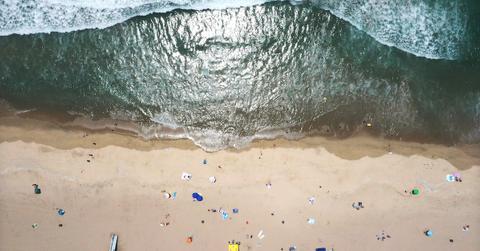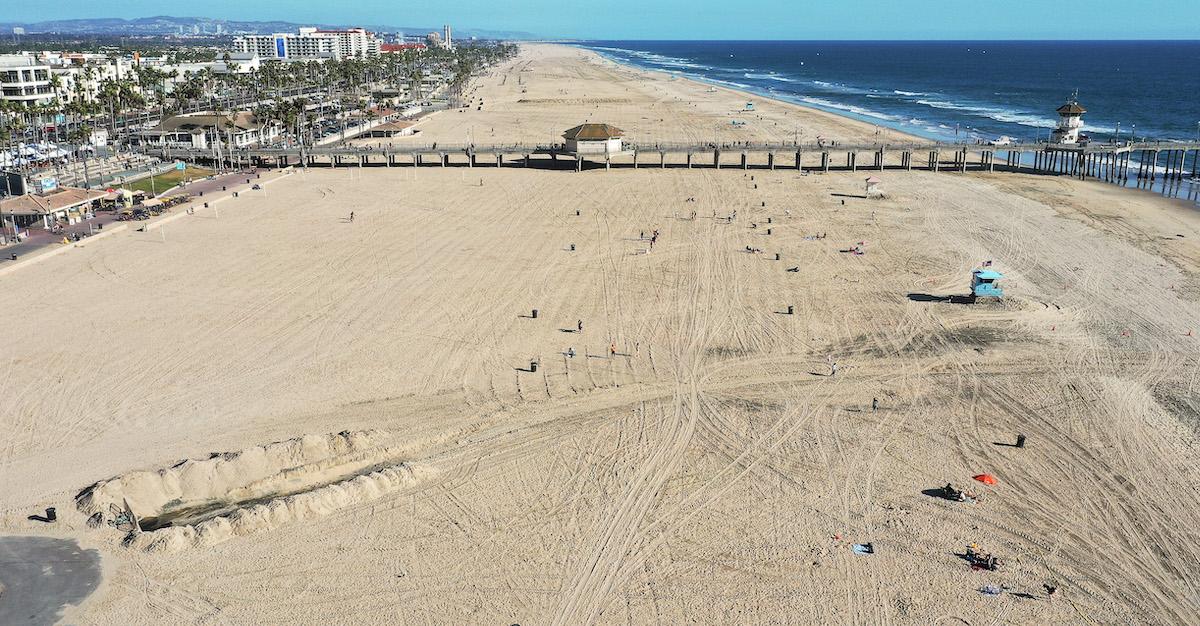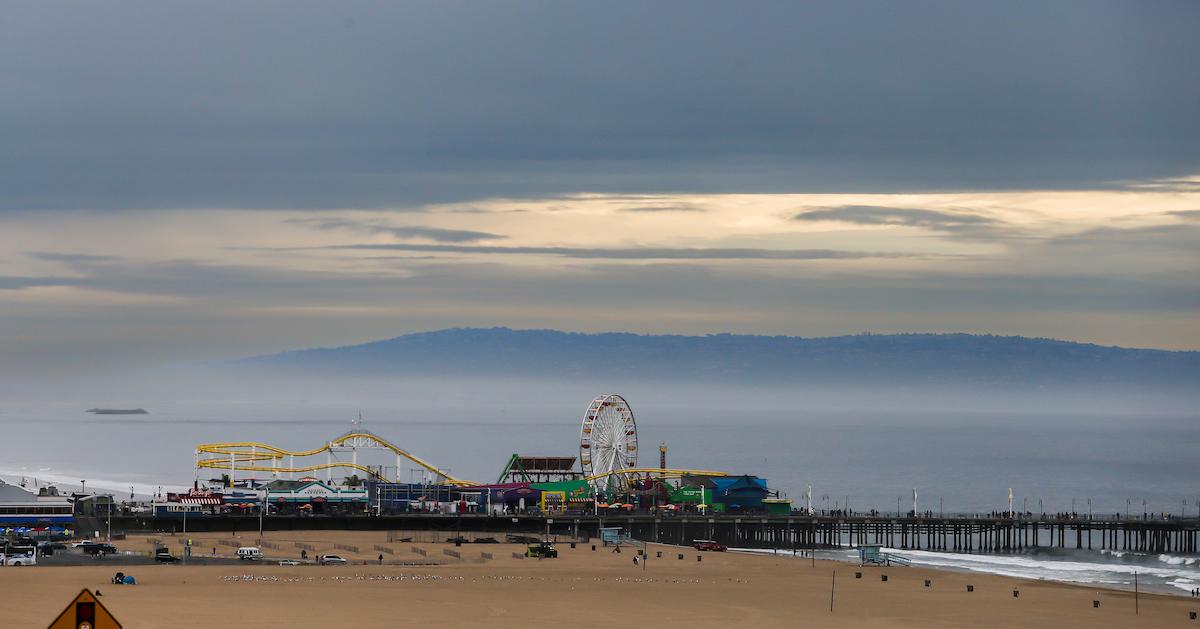What Triggered Los Angeles’ Latest Swim Advisory? Surfers, Read On
Updated Dec. 30 2022, 10:59 a.m. ET

If you're vacationing in the Los Angeles area for New Year's, don't expect to go for a swim.
Although storms in Southern California have resulted in enticing surf conditions, the surrounding waters have been deemed unsafe for swimming. Los Angeles beaches have released a swim advisory to avoid any and all coastal waters, because of runoff from storm drains, creeks, and rivers. But what exactly does that mean? What caused this to happen?
"The Environmental Health staff advises swimmers that levels of bacteria can rise significantly in ocean and bay waters adjacent to storm drains, creeks and rivers during and after rainstorms," reads an advisory from Orange County Health Care Agency. "The elevated levels of bacteria can continue for a period of at least 3 days depending upon the intensity of the rain and the volume of the runoff."
"Swimmers should avoid coastal waters impacted by discharging storm drains, creeks and rivers, and beach users should avoid contact with any runoff on the beach during dry or wet weather conditions," the advisory continues.
Keep reading for more on the nature of this advisory, as well as what caused this sticky situation.

Why did LA release a swim advisory?
Public health officials in SoCal are deterring residents and visitors from setting foot in the water at this time.
According to The OC Register, major rainstorms slammed the region on Tuesday, Dec. 27. Following water tests then showed high levels of bacteria detected off several beaches, including: Mother’s Beach in Huntington Harbor, 11th Street in Newport Bay, all of Newport Dunes, Park Avenue Beach east of Balboa Island, part of Cleo Street Beach, and Doheny State Beach.
However, residents should plan to stay away from all local beaches in Los Angeles and Orange County during this time.
Health officials worry there may be bacteria present, because large amounts of rain can create runoff from storm drains and surrounding bodies of water. Depending on the amount of rain, unsafe levels of bacteria can be present in the water for up to three days. As of right now, the Department of Public Health expects it to be in place until 4:30 p.m. on Friday, Dec. 30.
"Elevated bacteria levels in ocean water may cause illness, especially in children and the elderly," the Los Angeles County Public Health advisory states. "The Department of Public Health recommends that beach users avoid contact with ocean water for a period of 3 days after significant rainfall, especially near flowing storm drains, creeks and rivers."

This relates to Los Angeles' infrastructural issues.
Although many areas experience runoff when there is a large storm, Los Angeles' infrastructure makes matters worse.
A report from earlier this year showed that flash floods in Los Angeles were going to become more common in future decades, because of degrading infrastructure that would also create more runoff from storm drains.
Much of the city's outdated infrastructure, such as storm drains, are clogged with sediment, plants, and more. With even the smallest amount of rain, they are likely to be overwhelmed, resulting in floods, and bacteria runoff. This is going to affect residents citywide, but especially vulnerable communities in low-lying areas.
With incoming extreme weather from climate change, this is likely to keep happening — so staying updated on swim advisories is encouraged.